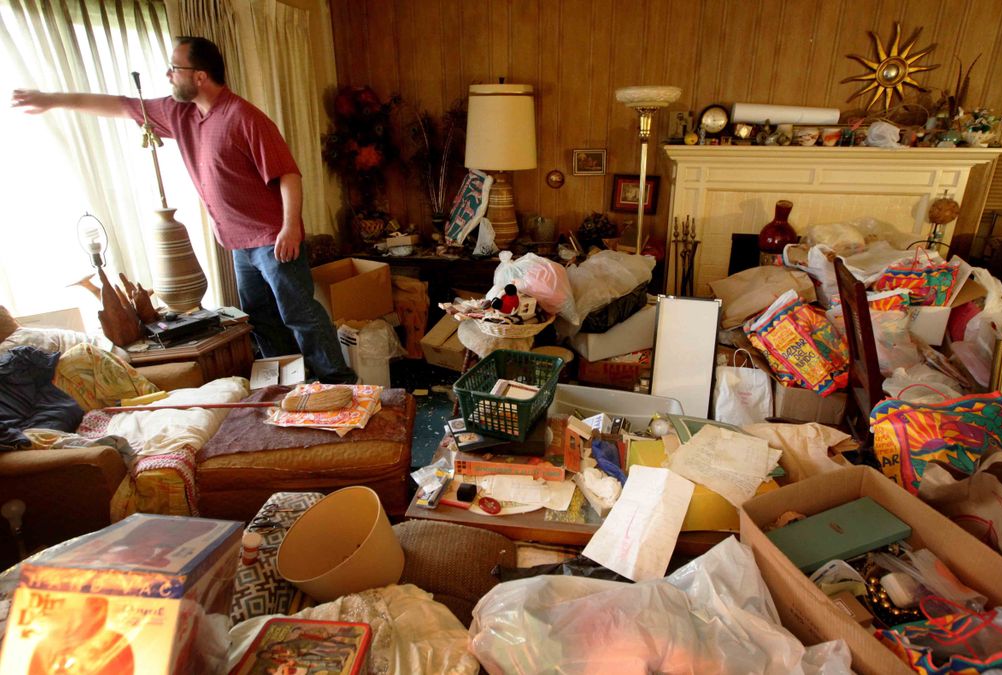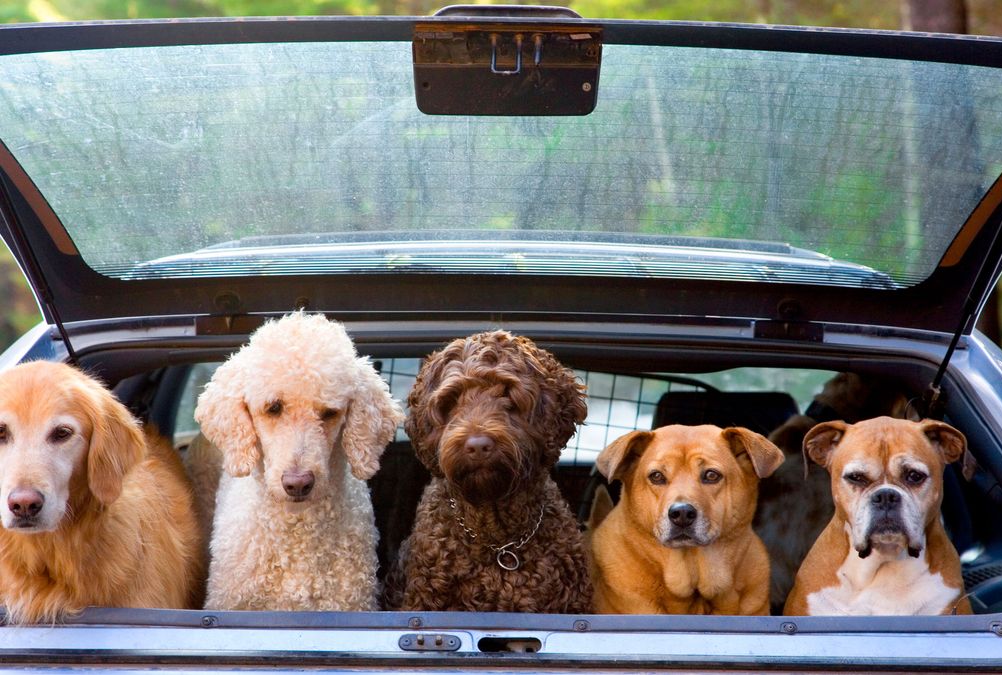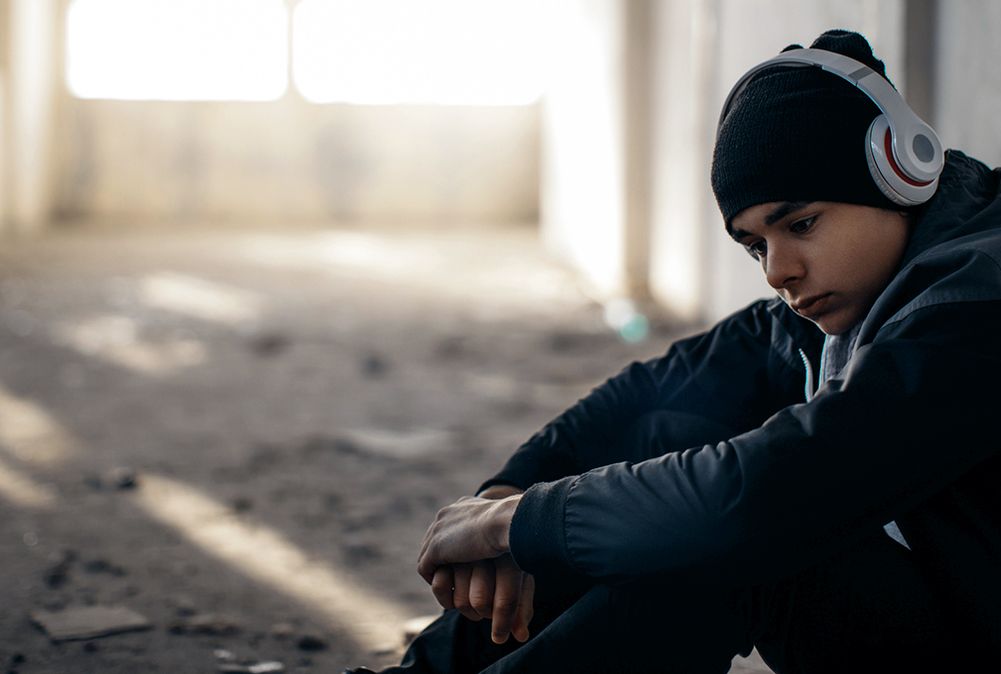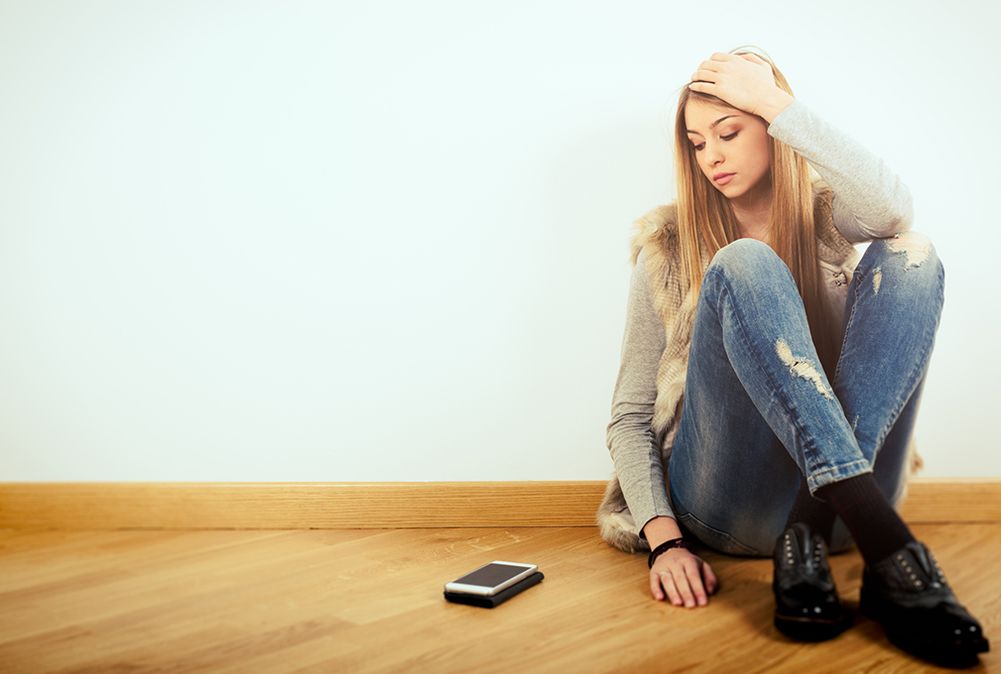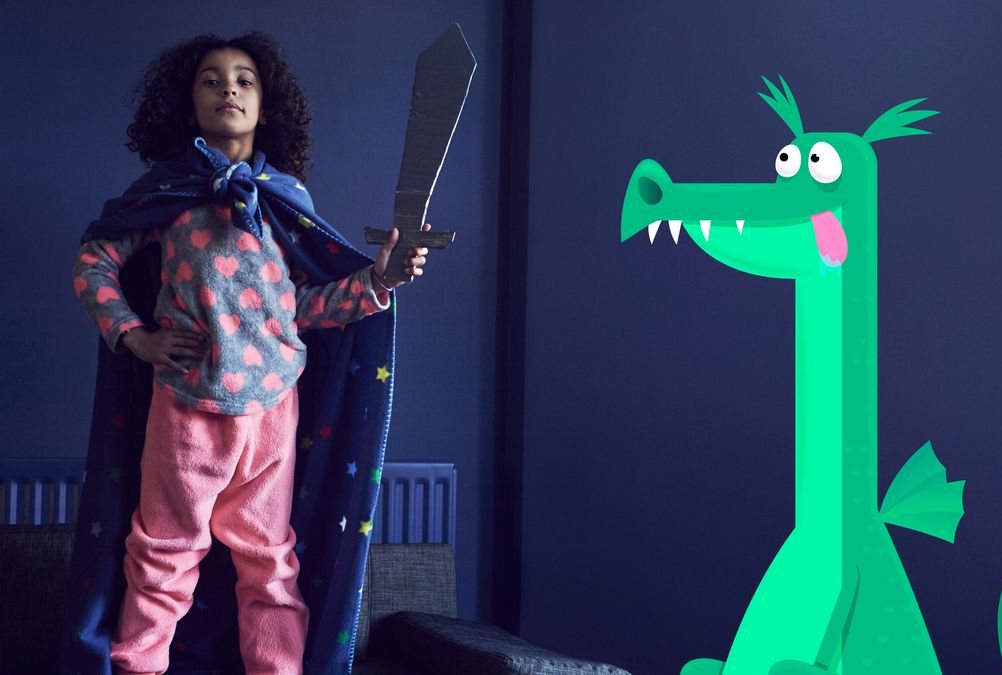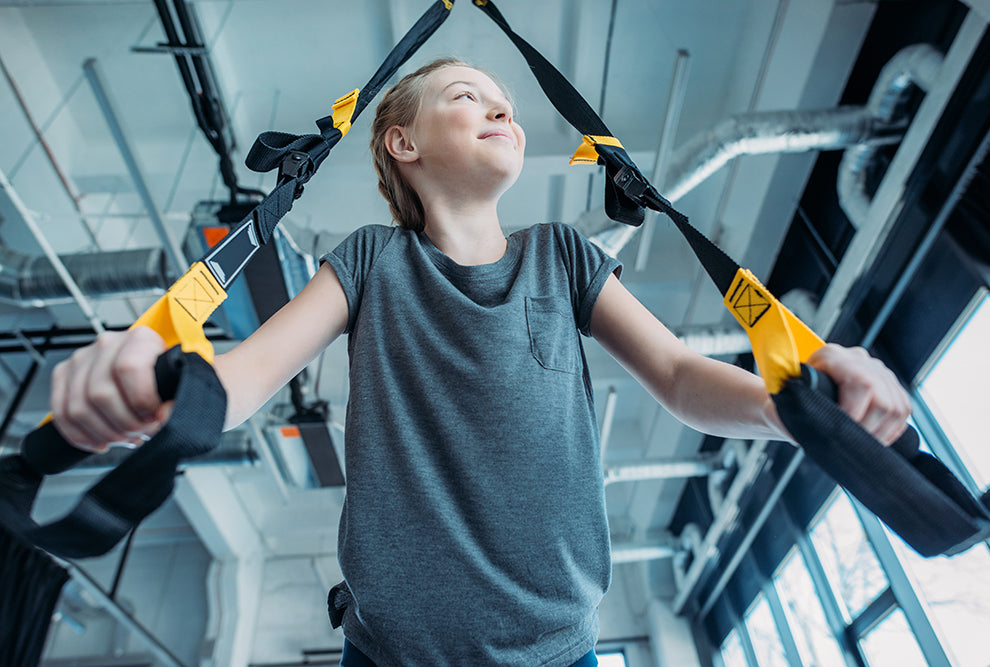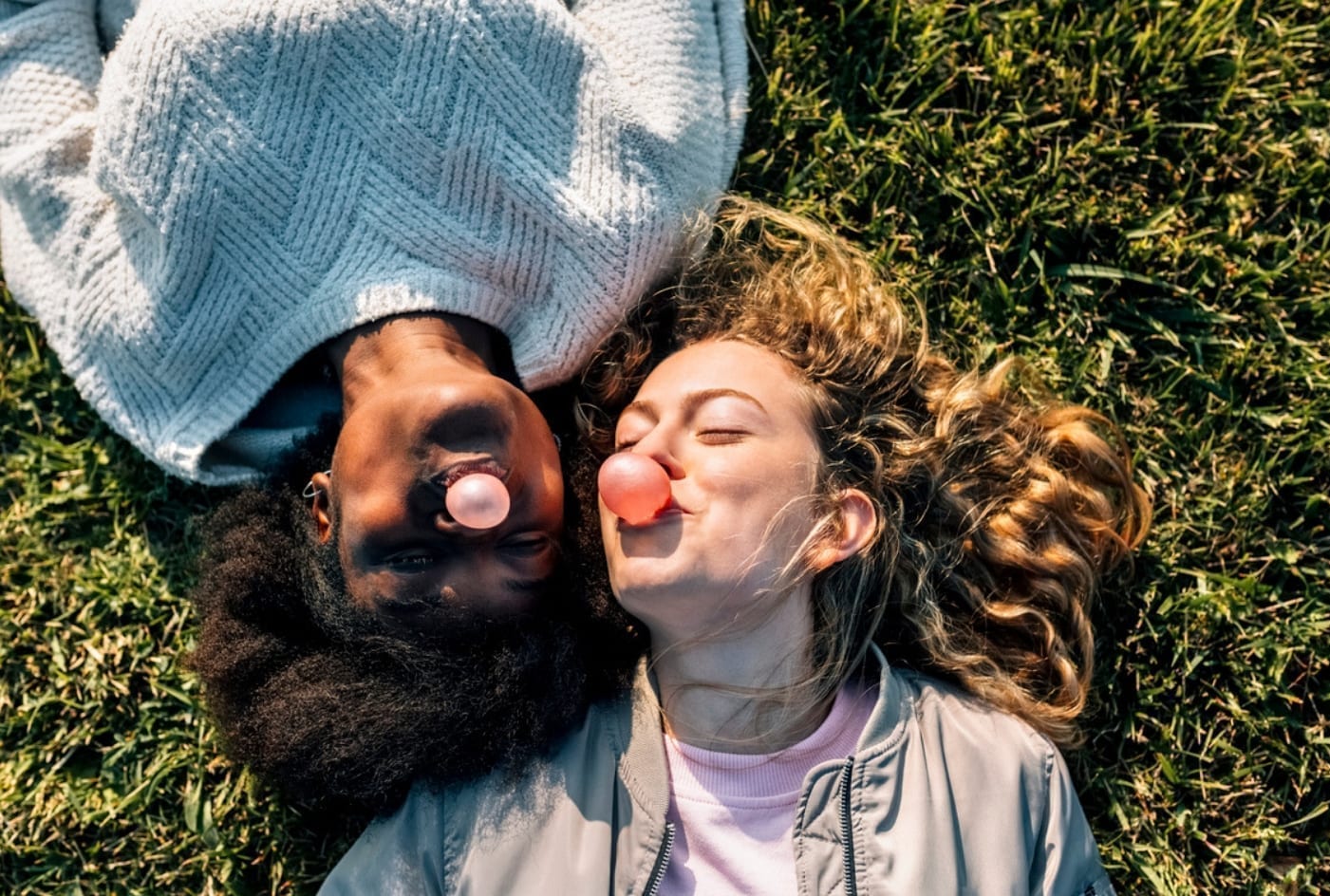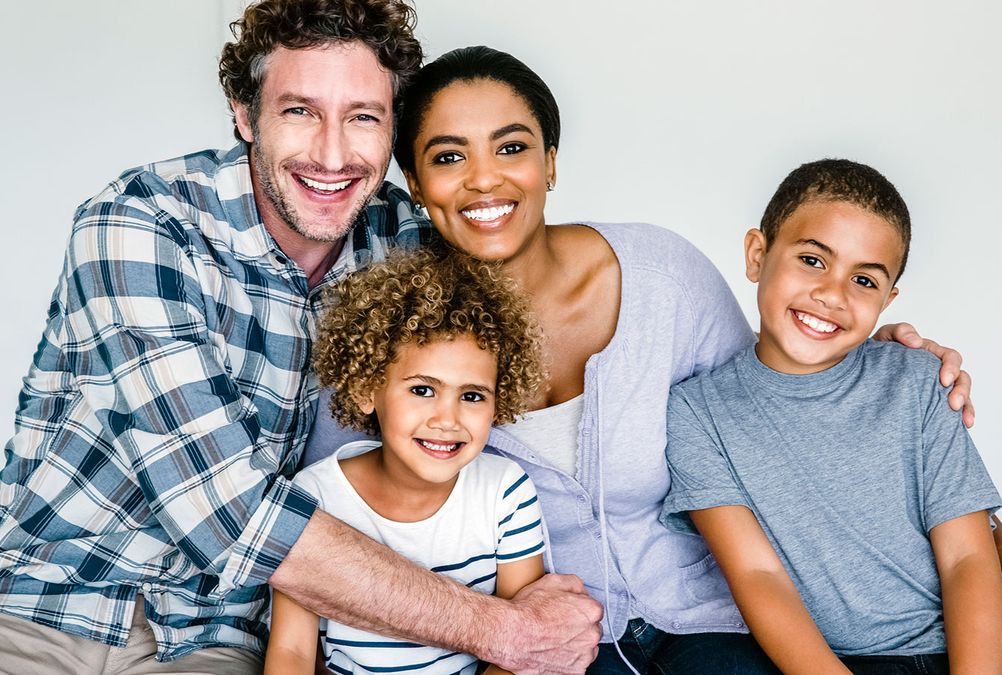
Biracial individuals are one of many fastest-growing populations within the U.S. From 2000-2010, the variety of self-identified biracial folks (that’s, individuals who determine with two races) elevated by over a 3rd. However, to this point, little or no analysis has been executed on them. Nevertheless, a examine, printed in July, 2019, within the journal Character and Social Psychology Bulletin, discovered that because the inhabitants of biracial folks within the U.S. grows, stereotypes about them are taking form.
The researchers requested a pattern of greater than 1,000 folks to verify off from a listing which stereotypes they felt described folks in six various kinds of biracial identities: black/white, Asian/white, black/Hispanic, black/Asian, Hispanic/Asian, and Hispanic/white. A seventh examine had individuals evaluate biracial stereotypes in a couple of biracial class.
Two stereotypes persistently got here up: Biracial individuals are engaging and wrestle with becoming in.
Biracial Sterotypes
"It looks like when folks take into consideration biracial folks, they attribute distinctive stereotypes that aren’t in keeping with their monoracial mother and father," says Sylvia Perry, co-lead writer of the examine and a psychology professor at Northwestern College.
The researchers discovered this facet of the findings extraordinarily attention-grabbing. Earlier analysis advised that folks would possibly assume biracial people are far more just like the race of 1 mother or father than the opposite. For instance, most individuals consider President Barack Obama as a black man, despite the fact that one mother or father was black and the opposite was white. Primarily based on the outcomes of this examine, nonetheless, it seems biracial individuals are being considered increasingly more as having their very own distinctive traits.
Perry says understanding these rising stereotypes is vital as a result of "they inform assumptions. We use these psychological shortcuts to tell us about who they [biracial people] are, if they’re somebody we need to join with and even rent."
You is likely to be pondering which means biracial folks have a leg up as a result of they’re regarded as engaging. Not so quick.
"Stereotypes are constructive and adverse," says Perry. "One would possibly characterize it simply as a constructive attribute, however that does not imply the best way it manifests in life is constructive."
Perry makes use of an instance of a standard stereotype utilized to Asian folks, that they are good at math. It is likely to be regarded as a superb factor.
"But when an Asian particular person shouldn’t be good at math, or desires somebody to consider different components of them, that could possibly be very threatening or adverse towards their self worth," Perry explains.
The identical would possibly apply to stereotyping everybody in a gaggle as engaging — it’d imply that folks do not assume they is also sensible or one thing else on the similar time.
Perry says researchers nonetheless aren’t solely certain the place this stereotype about being biracial and engaging originated, however they’ve some concepts. One attracts on biology, and suggests that folks with better genetic variation, i.e. completely different combos of genes, are higher capable of adapt to their surroundings and survive. So, maybe people have advanced to search out the outward manifestation of genetic variation engaging.
“”
Lenny Kravitz performs throughout the third day of Lollapalooza Buenos Aires 2019 in Buenos Aires, Argentina. Kravitz’ father was white and his mom was black.
Santiago Bluguermann/Getty Pictures
A second thought is that throughout the U.S. lots of people nonetheless have not knowingly had many interactions with biracial folks in particular person, and thus their solely publicity comes via the media. It will comply with that their impression of biracial folks relies on an unrepresentative pattern that skews in direction of what the lots would possibly deem engaging.
As for biracial folks struggling to slot in, Perry says there’s different analysis that reveals that is in keeping with what many biracial folks expertise. How this performs out in social conditions could confound the issue.
"If folks assume as a result of you’ll be able to’t slot in you is likely to be socially awkward, it’d influence your means to attach in friendships," Perry says.
In Their Personal Phrases
One of many limitations about these findings, Perry factors out, is that 71 % of the individuals within the examine had been white. "It is attainable folks of shade and biracial folks may need completely different stereotypes," she says. She and her staff hope to do follow-up research sooner or later. Within the meantime, I requested some biracial folks what they considered the findings.
Rube Hollis, 36, is a civil servant who works and lives in Washington, D.C. His mom is Korean and his father is black, however he’s hesitant to determine as biracial. "The time period ‘biracial’ is a bubble on a scantron [form] to me," he says. He notes that the one time he thinks about being biracial is when he is needed to determine his race on a authorities type.
Hollis says it is tough to generalize as a result of a lot of his expertise of race is dependent upon the context. But when he needed to make one generalization about biracial folks, it might be that they "have a wider vary of perspective in coping with different cultures, and are due to this fact extra more likely to embrace and perceive different cultures."
Hollis grew up in a predominantly black neighborhood, and on the time he simply recognized as black. Now, he tries to keep away from being racially categorized as a lot as attainable.
"As a male and being gregarious it is at all times been simpler for me to speak to strangers," he says. However, "My sister had numerous problem becoming in. This doubles down when she’s seen as Asian as a result of she is meant to be silent and demure. If she speaks out, she’s combating in opposition to the black stereotype of being loud and offended."
Aila Gomi, 24, is a cloth engineer in Columbus, Ohio. Her mom is white and her father is Japanese. "I really feel prefer it’s exhausting as a result of while you say biracial there’s so many combos. I’ve a buddy who’s biracial however she’s half Central American and half European. She does not have the identical [issues] I do," she says. "One widespread factor might be language problem the place individuals who determine as biracial however really feel unaccepted by one aspect due to a language barrier or look, it could hinder that relationship as nicely."
As an example: "In Japan I routinely get labeled as a foreigner; they do not see me as Japanese as a result of I do not look it," she says. "As quickly as I begin talking in Japanese, they understand in a short time [that I am Japanese] primarily based on the truth that I do know their language and join with them in that method. Within the U.S. it isn’t till I point out one thing about my tradition that folks understand, oh, I am half Japanese."
Now That is Attention-grabbing
The time period "stereotype" was coined in 1789 (though the approach is believed to have been developed earlier) by a French printer named Firmin Didot. He used it to explain a course of of creating similar prints utilizing a forged, which reworked the best way printed supplies had been produced en masse.
Initially Printed: Aug 14, 2019



